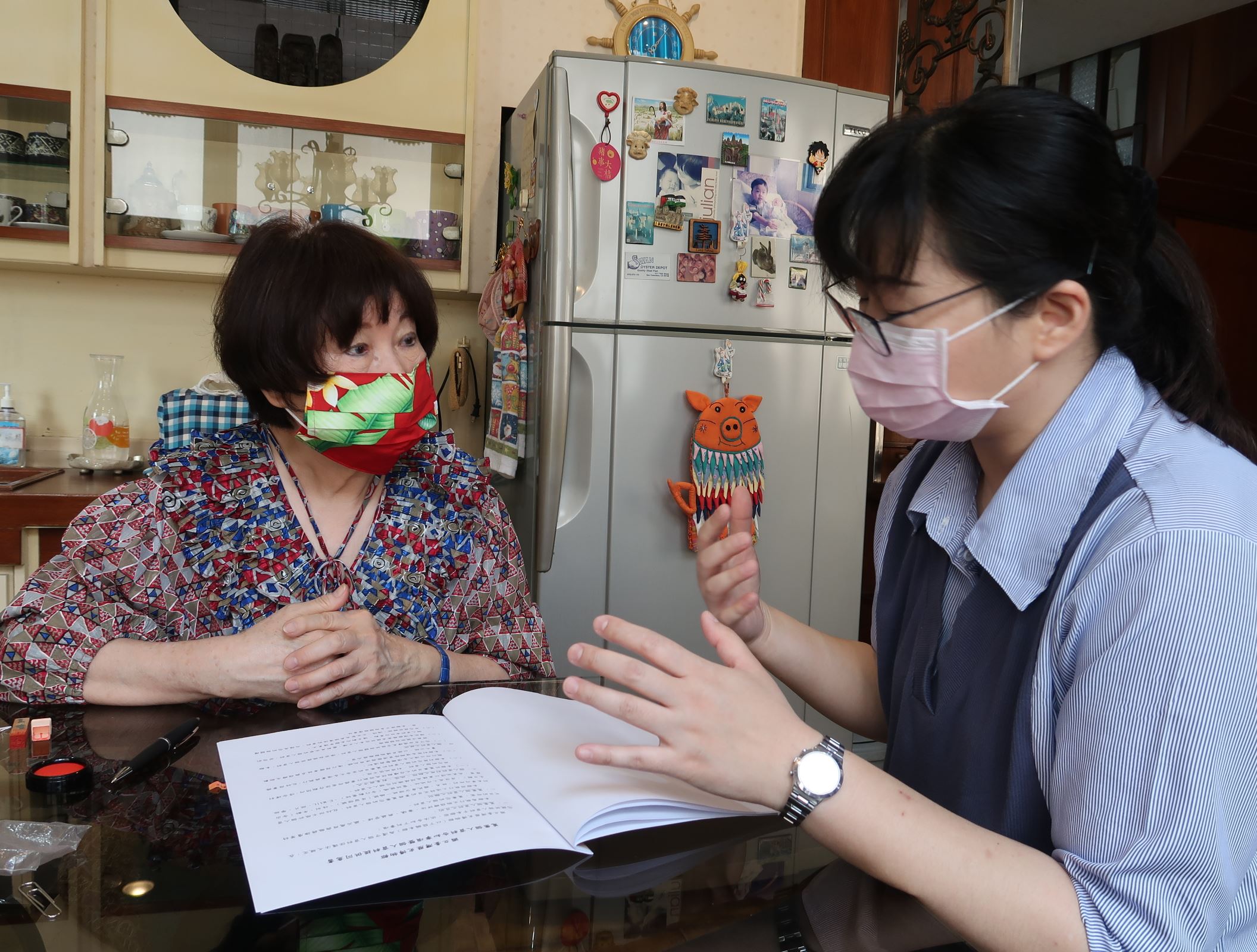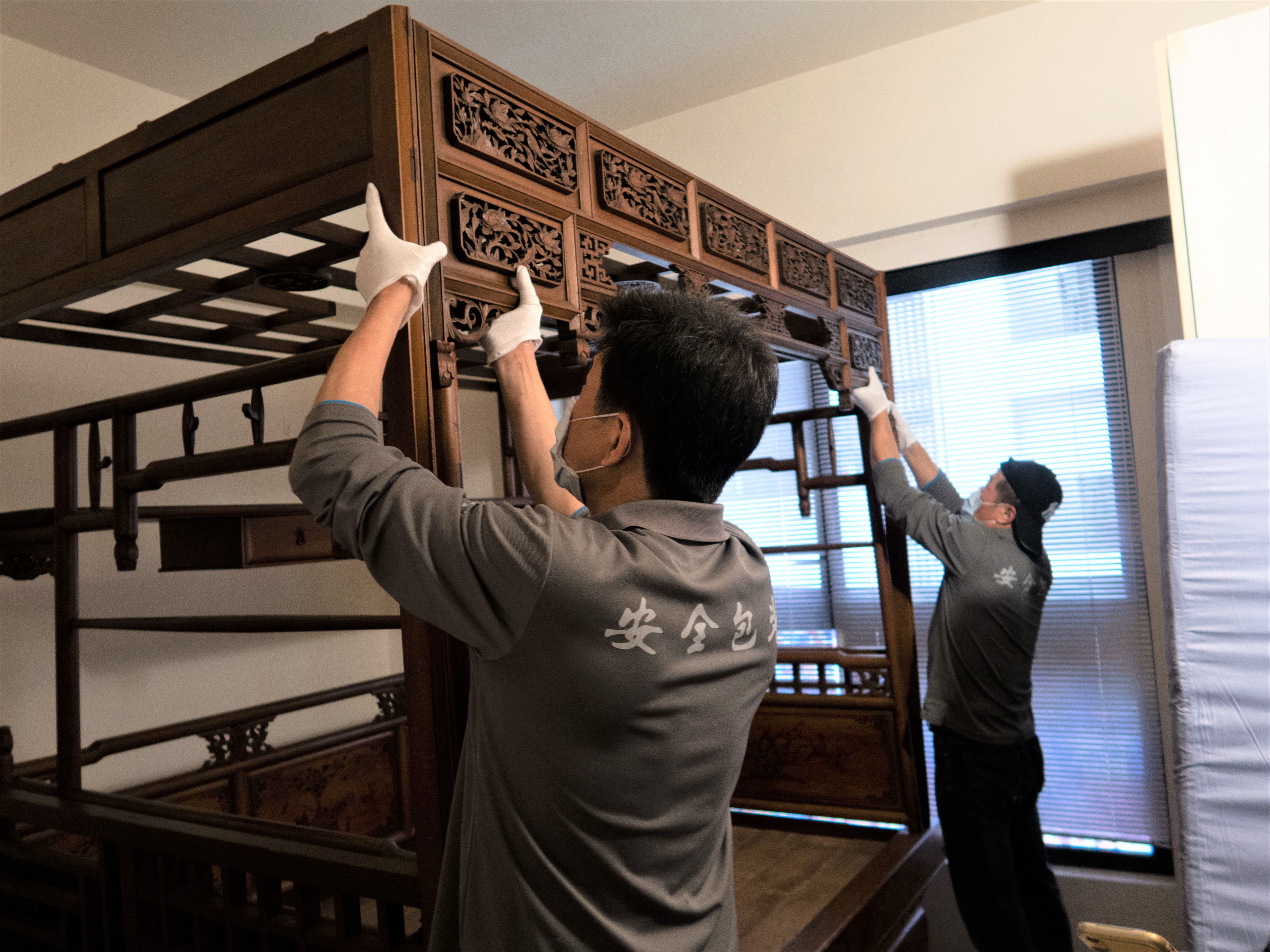Preserving Memories of Taiwan, Embracing Treasures of the Future
The National Museum of Taiwan History strives to be “The World’s Taiwanese History Museum.” This vision is brought to life through a collection of artifacts that reflects the varied living memories across generations in Taiwan, safeguarding the material evidence of the nation's historical and sociocultural shifts. Since the year 2000, the museum has amassed an extensive array of over 140,000 items, encompassing books, documents, objects, and audiovisual materials that tell the story of Taiwan's past. Impressively, more than 35% of these artifacts have been contributions from donors.
NMTH prioritizes artifacts that encapsulate Taiwan's historical importance and its global connections, and those that document the island's evolution, public history, everyday culture, diverse ethnicities, and multicultural aspects. Prominent pieces include The Origin and Development of the Dutch East India Company (Registration No. 2010.018.0009), which showcases the interaction between Taiwan, Penghu, and foreigners in the 16th and 17th centuries; the handwritten manuscript of The French Expedition to Formosa, 1884-1885 (Registration No. 2010.018.0024), offering a French viewpoint on the Sino-French War; and a single-mast punt (Registration No. 2002.008.0001), illustrating the coastal culture of Anping, Taiwan. Significant to the museum are Tan Teng-pho's letter to his family (Registration No. 2016.040.0001) and the shirt he wore at the time of his execution (Registration No. 2016.040.0002), which bear witness to the February 28 Incident. The film “Southward Expansion to Taiwan” (Registration No. 2005.001.0195) is a key visual chronicle of Taiwan under Japanese rule in the Showa period. The collection also boasts an extensive range of maps, from early maps dating to the 16th to 18th-century to those depicting modern-day Taiwan, highlighting the museum's comprehensive and ongoing effort to preserve Taiwanese history.
Additionally, in line with international trends and in response to contemporary social issues, the National Museum of Taiwan History has embarked on a Contemporary Collection initiative. This involves procuring artifacts related to current social events and topics, such as the Sunflower Student Movement (March 18 Incident) and the COVID-19 pandemic. The aim is to acquire first-hand historical materials as events unfold, thereby documenting the present and adding a unique aspect to the museum's collection.
When adding to our collection,NMTH considers not just the artifacts themselves but also the intricate relationships between objects and people. This approach transitions from an object-centric view to a human-centric perspective, aiming to uncover and interpret the narratives behind each artifact. This encompasses the associated individuals, communities, social environments, and historical themes. Therefore, the museum's collection effectively narrates Taiwanese memories through the unique story of each object.
NMTH is committed to safeguarding Taiwan's invaluable memories through a stringent artifact management system, which specifies standardized storage conditions and robust safety measures. Recently, the museum has embraced technological advancements to enhance its storage management, including the implementation of electronic temperature and humidity controls, advanced fire prevention systems, and effective logistics and crowd management, all ensuring the meticulous care of the artifacts. The museum champions the concept of in situ preservation of artifacts, providing expert technical guidance for collection management across various fields. Since 2017, there has been a concerted effort to secure funding for non-destructive analysis equipment, fostering the growth of preservation science and research into contemporary materials. These initiatives have paved the way for collaborative exchanges and partnerships with academic institutions, enriching the research into Taiwanese cultural artifacts and material culture.
 |  |
At the same time, we aim to enhance the accessibility of cultural relics. Firstly, we focus on providing detailed descriptions and digital images of artifacts, while simultaneously clarifying their legal status. This effort is part of our broader commitment to making cultural heritage information publicly accessible and transparent, allowing the general public to engage with museum resources. Additionally, we utilize 3D technology to create replicas of our exhibits and educational materials. These replicas are designed for public interaction, offering a tangible way to experience and learn about cultural artifacts. Since 2019, the museum has also conducted annual tours of our storage rooms. These tours offer a unique opportunity for the public to see the museum's typically hidden backstage area, providing insight into how artifacts are preserved, stored, and used after they enter our collection.
 |  |
In the face of a shifting global climate, the National Museum of Taiwan History confronts a crucial challenge: how to modernize its collection management and maintenance to meet energy efficiency and carbon reduction objectives. Furthermore, the museum is exploring ways to transition from traditional collection methods to a more inclusive approach that fosters public engagement and resonates with the dynamics of contemporary society. Looking ahead, NMTH is committed to building on its foundational work. This includes further refining the detail and digital accessibility of its artifacts, their associated rights information, and advancing research into the materials of Taiwanese artifacts. By creating optimal preservation conditions tailored to these artifacts, the museum seeks to make its collections more approachable to the public. In doing so, it aims not just to preserve, but to actively shape Taiwanese memory and assert the distinctiveness of Taiwanese culture.